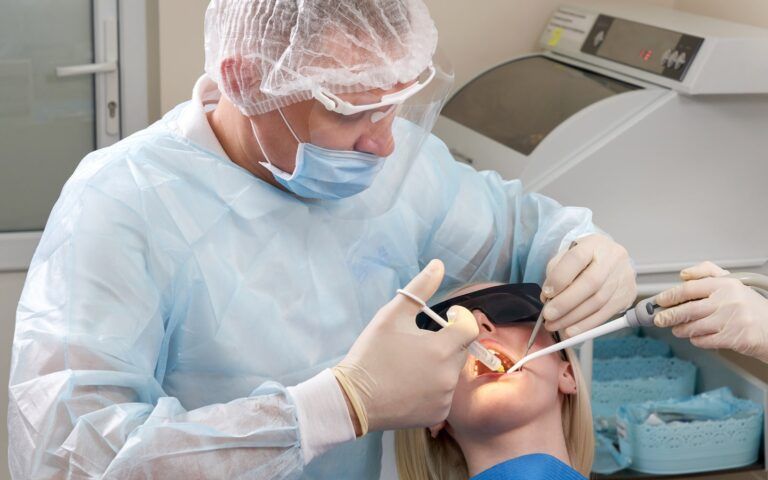The Brief History of Local Anesthesia and Controlling Dental Pain

In practically every dental office, you’ll often find that for controlling any source of dental pain, your dentist will use some anesthesia before a procedure. Anesthetics are substances that control pain, and today’s anesthetics can provide faster pain relief before and during treatment. Anesthesia has advanced over the last few centuries, and its history has helped provide us with the tools needed to care for common dental problems. In this article, we’ll be taking a short look at some of the most commonly used substances for relieving dental pain, which ones are used today, and see how far anesthetics have come in controlling dental pain.
How Local Anesthesia Has Evolved In History
Some of the earliest examples of substances used for pain relief go as far back as Ancient Egypt and medieval times. Further documentation shows that people often use narcotics to relieve toothaches and other sources of dental pain. Narcotics and other drugs such as opium, henbane, and alcohol were often used based on the limited medical information they had. Many of the medical concepts people believed about the body often came from the Greeks. Greek philosophies heavily influenced people’s understanding of the body in relation to the mind and spirit. While those approaches may have worked for some, many often, these substances caused addictive life-threatening consequences.
Although narcotics remained highly popular for their ability to relieve dental pain, it wasn’t until the early 1700s to mid-1800s that people started to recognize better anesthesia options. Some anesthesia options are still with us today, while others have been disregarded due to their failures in clinical tests. During this time, many advancements were being made, and some substances that were studied during this time include:
- Nitrous Oxide: Also called laughing gas, nitrous oxide is a colorless gas with a faintly sweet odor, and nitrous oxide was studied and believed to be an extensive pain reliever for toothaches. It was originally studied by both William T.G, Morton, and Horace Wells, but those studies showed that it has weak pain-relieving properties. However, it is commonly still used today in varying degrees and is often combined with other local and general anesthesia methods.
- Ether: For those who don’t know, ether is a colorless solvent that is often combined with resins, gums, and waxes. Ether was previously used as a sedative by William Morton; ether was studied for its potential pain-relieving properties, but those studied ultimately showed its harmfulness when inhaled. Ether can cause inebriation, respiratory paralysis, and unconsciousness, and so isn’t used in today’s dental treatments.
- Cocaine: Cocaine was previously studied for its pain relief methods because of its common uses. Researcher Carl Koller argued for cocaine as valuable local anesthesia for tooth pain. Still, due to its addictiveness and predisposed health risks, cocaine isn’t used as a pain reliever in dental practices.
What Today’s Anesthetics Look Like in Dentistry
Today, there are more modern techniques that are used in today’s practices. Anesthesia systems such as Traverse, OraFix, and Novacaine provide more effective means for Many researchers who often work to observe the effects of upcoming anesthesia products. Because of these studies, many researchers are now working towards more effective means for treating dental pain for future dental practices. Today’s advancements have now led to root canal therapies and tooth extractions being performed pain-free without the risk of anesthesia-related consequences. For more information about local anesthesia options, contact your local dentist today to learn more.

Recent Comments